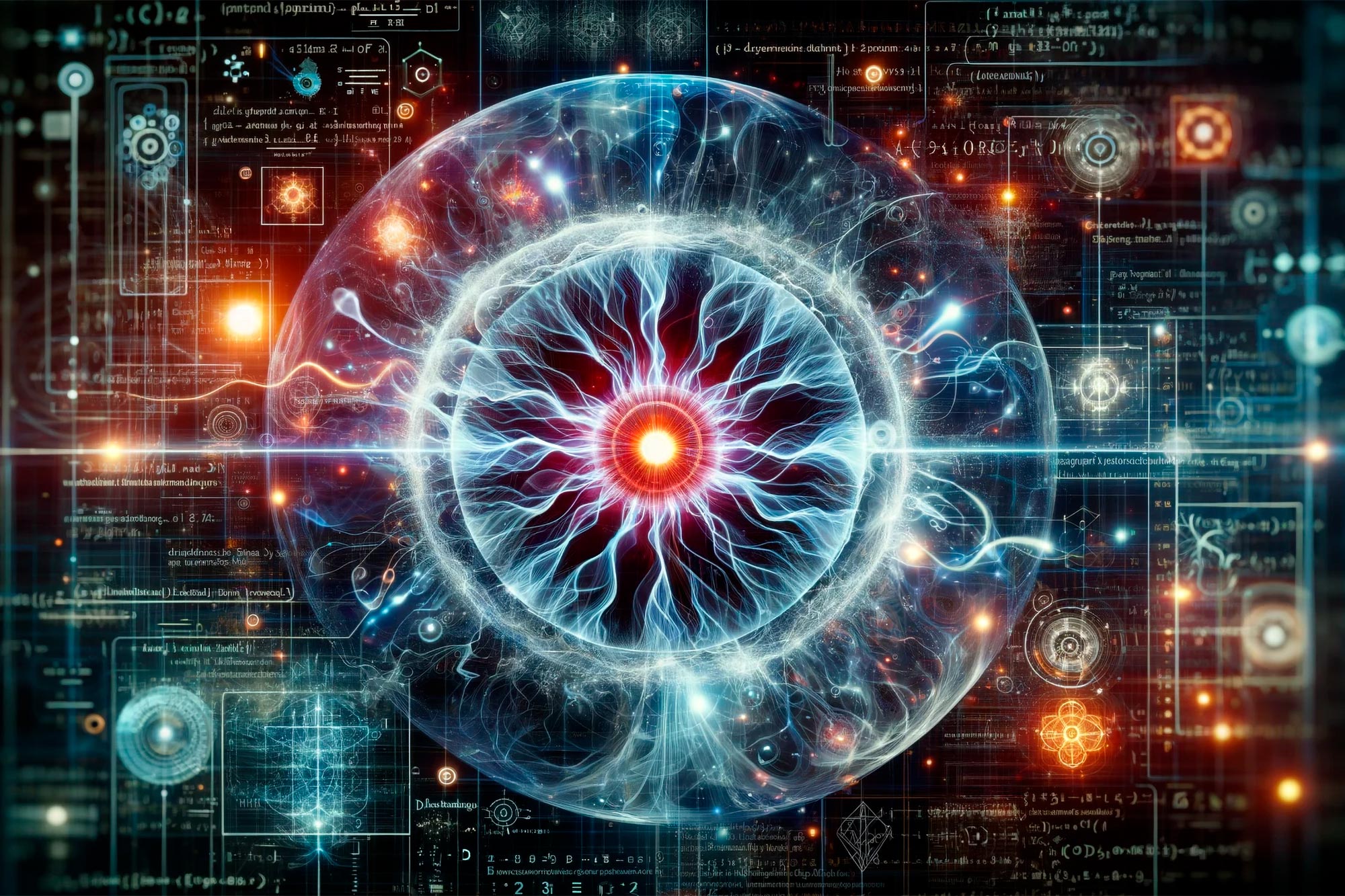By ESA/Hubble
February 13, 2022
Hubble Space Telescope image of IC 2431, which appears to be a triple galaxy merger in progress, as well as a tumultuous mixture of star formation and tidal distortions caused by the gravitational interactions of this galactic trio. Credit: ESA/Hubble & NASA, W. Keel, Dark Energy Survey, DOE, FNAL, DECam, CTIO, NOIRLab/NSF/AURA, SDSS, Acknowledgement: J. Schmidt
The mass of dust and bright swirls of stars in this image are the distant galaxy merger IC 2431, which lies 681 million light-years from Earth in the constellation Cancer. The ” data-gt-translate-attributes=”[{“attribute”:”data-cmtooltip”, “format”:”html”}]”>NASA/ESA Hubble Space Telescope has captured what appears to be a triple galaxy merger in progress, as well as a tumultuous mixture of star formation and tidal distortions caused by the gravitational interactions of this galactic trio. The center of this image is obscured by a thick cloud of dust — though light from a background galaxy can be seen piercing its outer extremities.
This image is from a series of Hubble observations investigating weird and wonderful galaxies found by the Galaxy Zoo citizen science project. Using Hubble’s powerful Advanced Camera for Surveys (ACS), astronomers took a closer look at some of the more unusual galaxies that volunteers had identified.
The original Galaxy Zoo project was the largest galaxy census ever carried out, and relied on crowdsourcing time from more than 100,000 volunteers to classify 900,000 unexamined galaxies. The project achieved what would have been years of work for a professional astronomer in only 175 days, and has led to a steady stream of similar astronomical citizen science projects.
Later Galaxy Zoo projects have included the largest ever studies of galaxy mergers and tidal dwarf galaxies, as well as the discovery of entirely new types of compact star-forming galaxies.
Note: This article have been indexed to our site. We do not claim legitimacy, ownership or copyright of any of the content above. To see the article at original source Click Here












